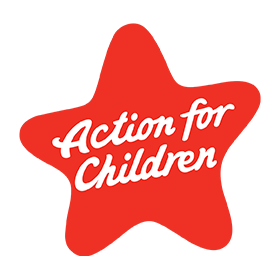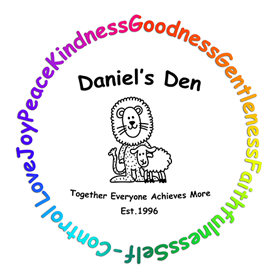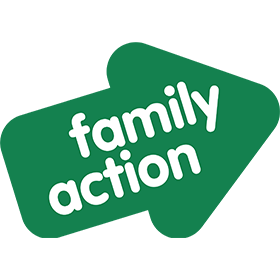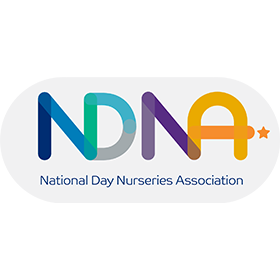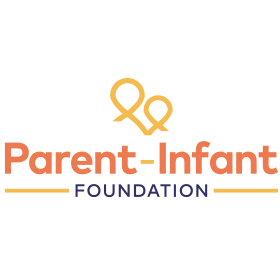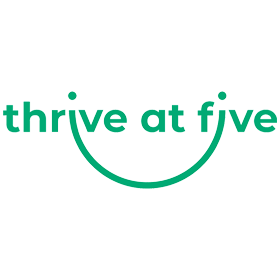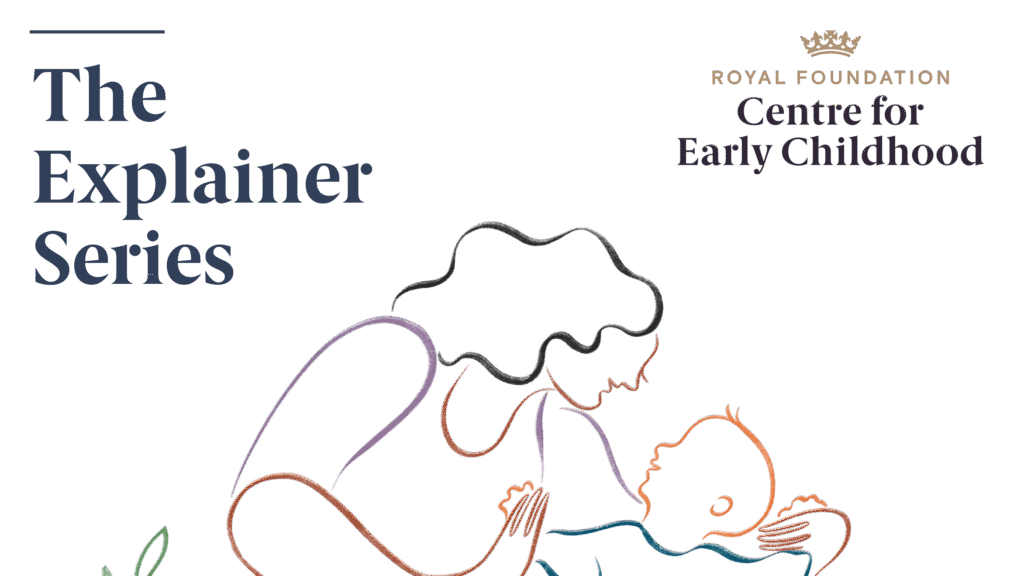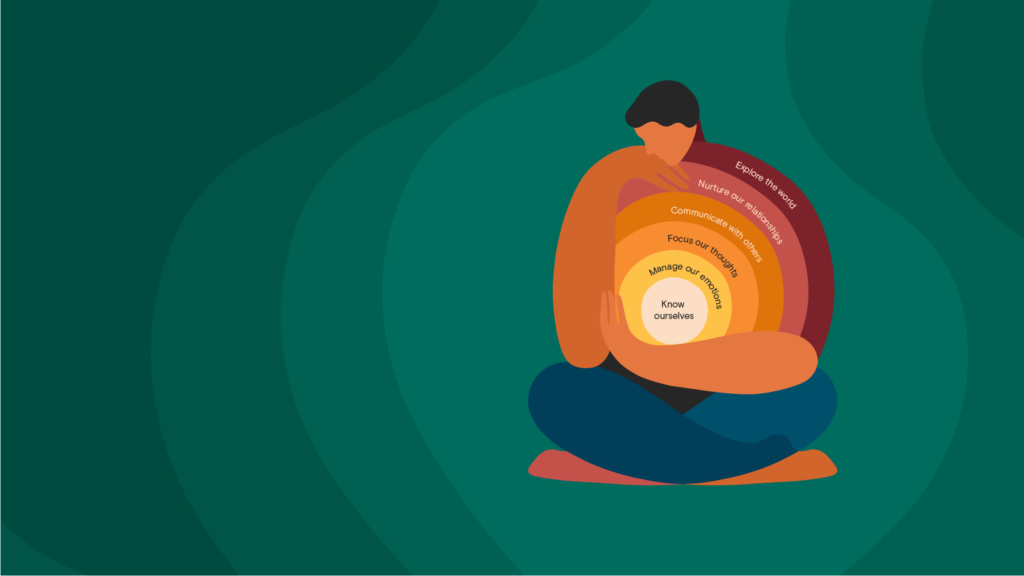The Explainer Series
A series of animated films explaining brain development in early childhood, and how interactions between babies, young children and caring adults can make a positive difference to their social and emotional development.

Using the Centre for Early Childhood’s Explainers
The Centre for Early Childhood Explainers have been designed to be used by people who work with babies, children and families, so that they are better equipped to have meaningful and consistent conversations with parents and carers about social and emotional development. We hope these films will be a useful tool in encouraging more nurturing adult-child interactions.
There are six films in the series, which show how everyday actions support the development of children in their earliest years. The films are also available in Welsh and with British Sign Language.
How we grow an emotionally healthy brain
This film explains describes the rapid development that happens in early childhood. It explains how early relationships, surroundings and experiences shape development and can have lasting effects throughout life. This film was illustrated by Jasmine Hortop, animated by Real Good Liars and produced by Making Pictures.
Noticing and navigating feelings
This film unpacks a concept called attunement. In attuned conversations, adults notice a child’s emotional state, name what they are feeling and help them to manage these feelings. The film also describes other ways adults can talk to babies and young children about emotions and how this supports development. This film was illustrated by Alec Doherty, animated by Plastic Horse and produced by Grand Matter.
Managing big feelings together
This film explains a concept called co-regulation. Co-regulation involves supporting another person when managing big feelings and returning to a state of calm. When adults co-regulate children, they help a child deal with positive or negative feelings that might otherwise be overwhelming. This enables the child to return to a state where they can think clearly, feel safe and respond to the world around them in helpful ways. This film was illustrated by Brian Rea, animated by Delcan & Co and produced by Dutch Uncle.
Back and forth interactions
This film unpacks a concept called contingent responsiveness (also known as serve and return). Contingent responsiveness is what happens when an adult notices a baby or child’s cue or signal and responds in a way that is sensitive and appropriate. This is a central part of nurturing care. This film was illustrated by Haley Tippmann, animated by Henrique Barone and produced by Oskar Illustration.
Supporting early learning
This film explains a concept called scaffolding. Scaffolding occurs when adults support children’s learning by helping them to do something for themselves, adjusting the level of guidance and support provided, led by the child’s needs and abilities. This supports the child in mastering new skills. This film was illustrated by Vicki Turner, animated by Plastic Horse and produced by Grand Matter.
Creating space for connection
This film explains a concept called pacing. When we pace our interactions with children, we adjust our tempo and slow down to help them to process information and respond. Pacing creates space and time for meaningful connection, giving the child greater opportunity to engage positively in an interaction or activity. This film was illustrated by Owen Gildersleeve, animated by Plastic Horse and produced by Grand Matter.
Supporting resources
More than 25 organisations have committed to using the films in their professional development or work with families.
